Transporting hazardous materials is a responsibility that requires utmost attention to safety. Tank trucks play a crucial role in the transportation of these substances, ensuring they reach their destinations securely and without incident. As a driver or operator of a tank truck, it is essential to prioritize safety at all times. In this blog post, we will discuss some valuable tips to enhance tank truck safety and promote a culture of safety within the industry.
- Thorough Pre-Trip Inspections: Before hitting the road, conduct a comprehensive pre-trip inspection of the tank truck. Check the tires for proper inflation and tread depth, inspect the brakes, ensure all lights are working correctly, and examine the tank for any signs of damage or leakage. Pay close attention to safety equipment, such as fire extinguishers and emergency response kits, to ensure they are in good working condition. Regular and meticulous inspections are key to identifying potential issues and addressing them promptly.
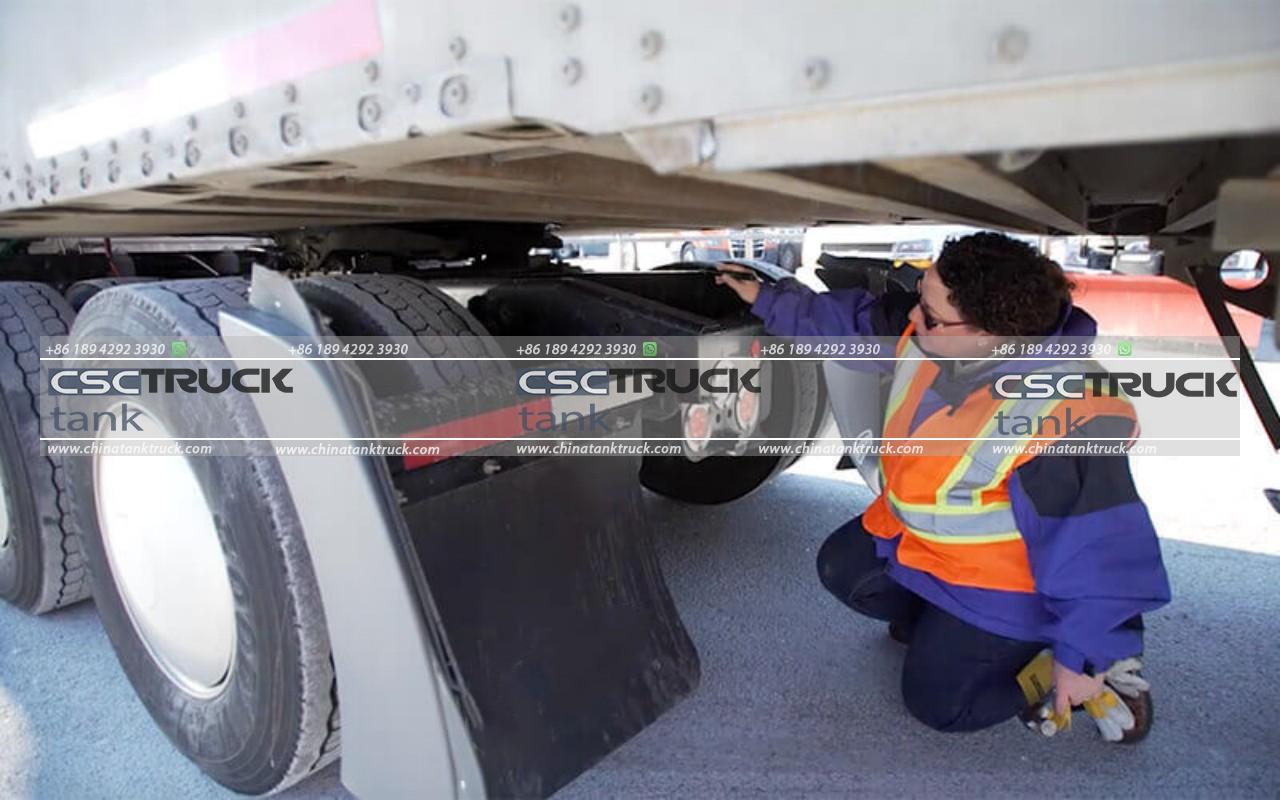
- Proper Loading and Unloading Procedures: Loading and unloading operations require careful attention to prevent spills, leaks, or accidents. Ensure that the tank truck is parked on stable ground and properly positioned before beginning the process. Follow the recommended loading and unloading procedures for the specific substance being transported, adhering to safety guidelines and protocols. Use appropriate equipment and follow all safety measures to prevent overfilling, spills, or exposure to hazardous materials during these critical operations.
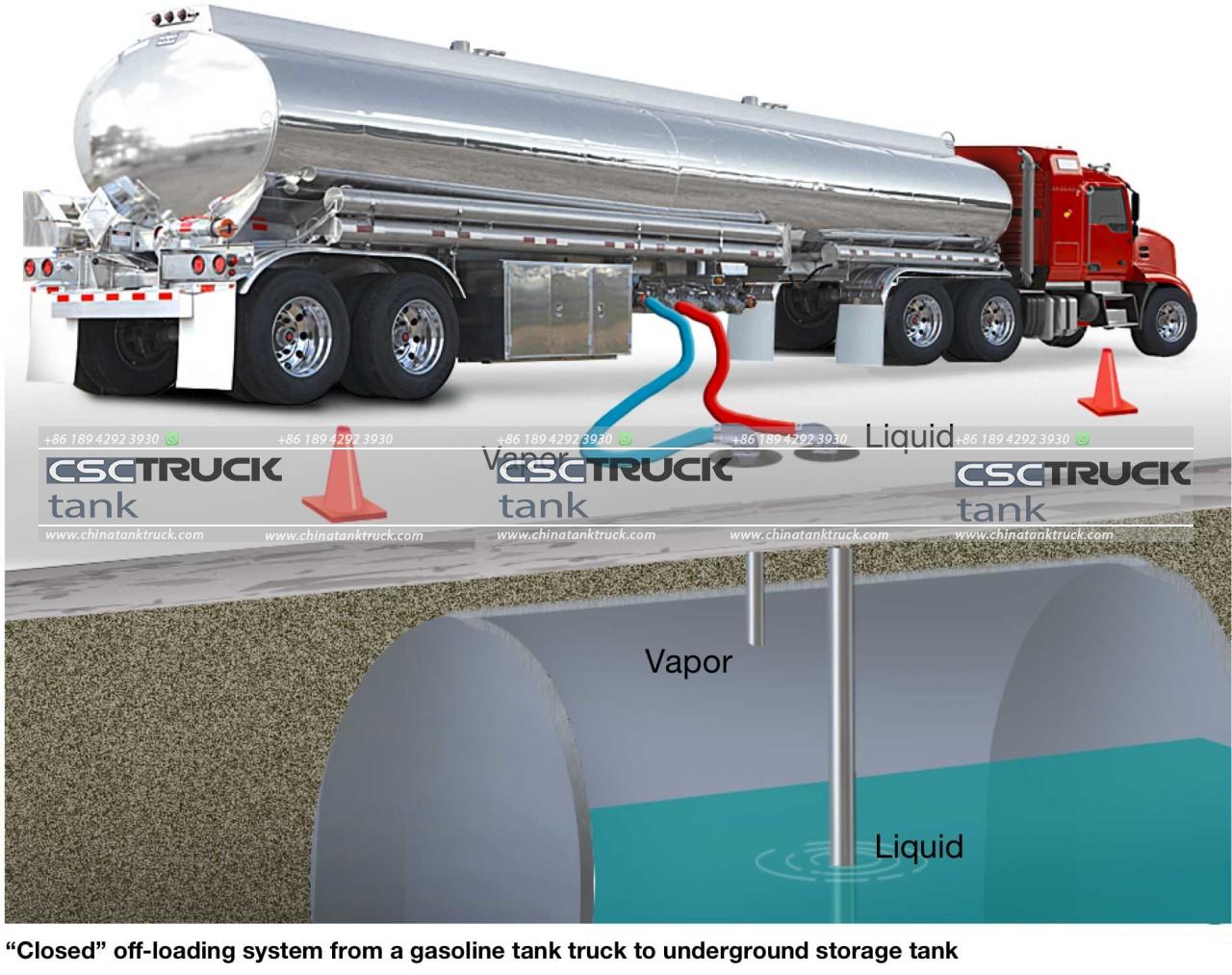
- Safe Driving Practices: Safe driving practices are fundamental to tank truck safety. Always adhere to speed limits and maintain a safe following distance from other vehicles on the road. Tank trucks have unique handling characteristics due to the weight and nature of the cargo, so it is crucial to drive defensively and anticipate potential hazards. Avoid sudden lane changes or aggressive maneuvers, and exercise caution when navigating curves or uneven road surfaces. By practicing safe driving habits, you reduce the risk of accidents and ensure the safety of yourself and others on the road.

- Proper Cargo Securement: Securing the cargo properly within the tank is vital to maintain stability and prevent shifting during transit. Follow the manufacturer’s guidelines for securing the specific substance being transported. Ensure that all valves and fittings are tightly closed and sealed to prevent leaks. If carrying multiple substances, segregate them appropriately and prevent incompatible materials from coming into contact with each other. Proper cargo securement not only prevents spills and leaks but also protects the structural integrity of the tank truck.
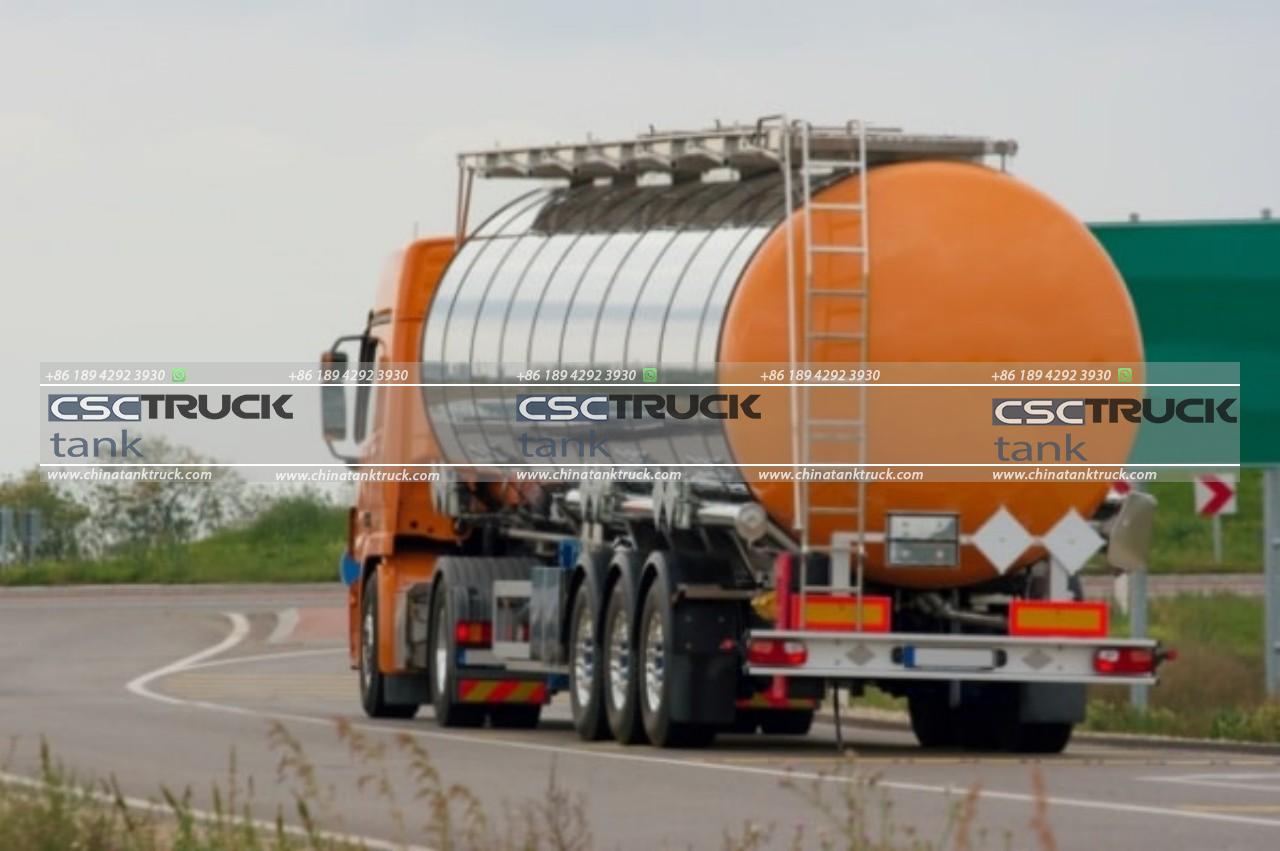
- Emergency Preparedness: Even with the highest safety standards in place, emergencies can occur. Being prepared to respond swiftly and effectively is crucial. Familiarize yourself with emergency procedures and protocols, including spill response, fire suppression, and evacuation plans. Ensure that all necessary emergency equipment, such as fire extinguishers and personal protective equipment, is easily accessible and regularly maintained. Regularly train and educate yourself on emergency response techniques to ensure a rapid and efficient response in critical situations.
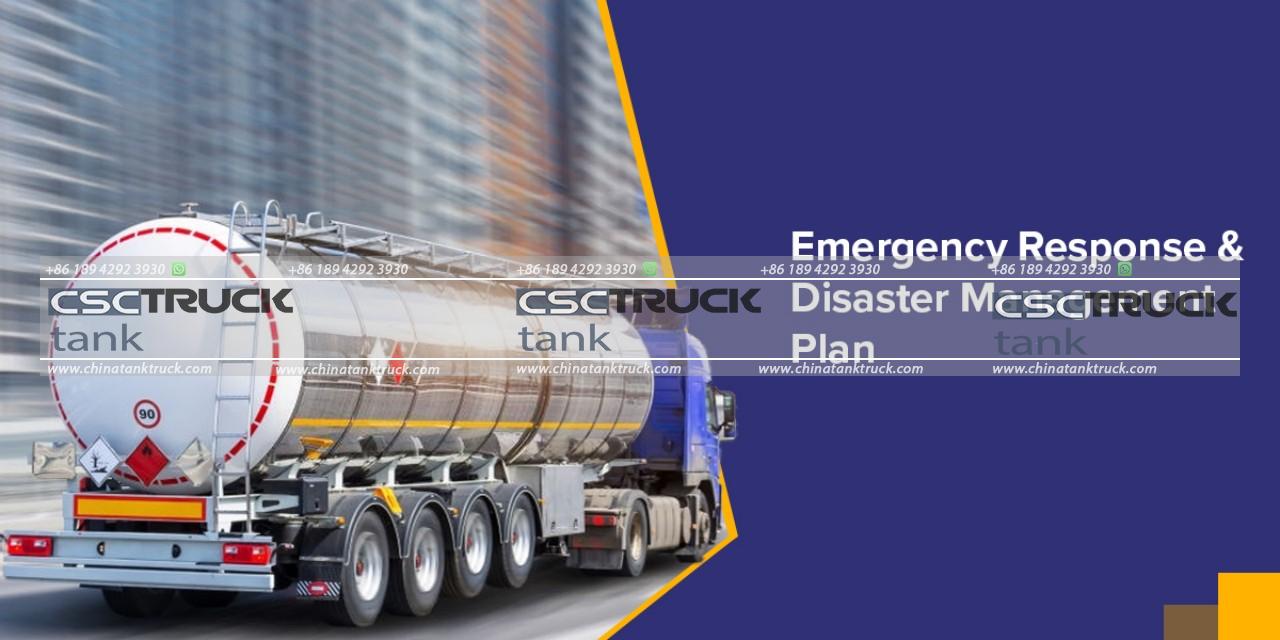
- Ongoing Training and Education: Continuous learning and training are essential for staying updated on the latest safety practices and regulations in the industry. Attend workshops, seminars, and safety training programs specific to tank truck operations. Keep abreast of regulatory changes and industry best practices. Encourage open communication and knowledge sharing within your organization to foster a culture of safety. By staying informed and continuously improving your skills, you contribute to a safer work environment and help mitigate potential risks.
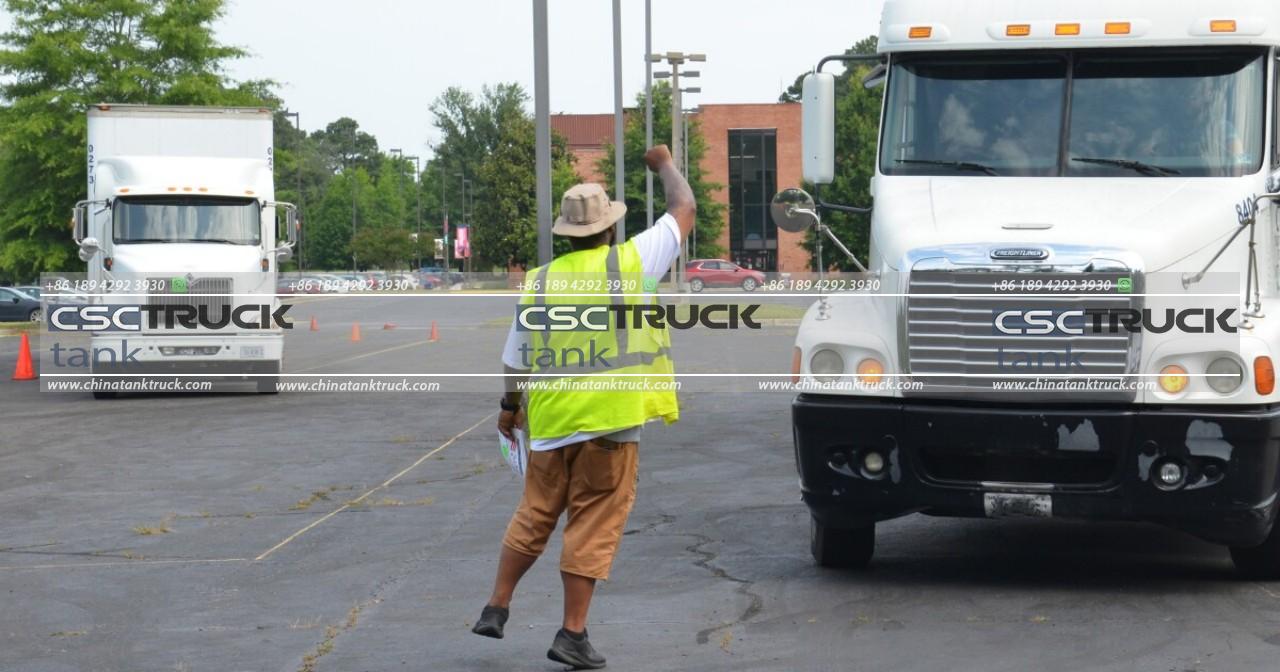
- Proper Maintenance and Servicing: Regular maintenance and servicing of the tank truck are vital to its safe operation. Adhere to the recommended maintenance schedule and promptly address any mechanical issues or concerns. Regularly inspect hoses, valves, and fittings for wear and tear, and replace them as needed. Keep accurate maintenance records and address any identified deficiencies promptly. A well-maintained tank truck not only ensures safety but also extends the lifespan of the vehicle and reduces the likelihood of unexpected breakdowns or malfunctions on the road.

- Communication and Collaboration: Effective communication and collaboration among drivers, operators, and other stakeholders are essential for maintaining tank truck safety. Establish clear lines of communication and ensure that all team members are aware of safety protocols and procedures. Encourage drivers to report any safety concerns or incidents promptly. Foster a collaborative environment where everyone feels comfortable sharing their knowledge and experiences to improve safety practices collectively.
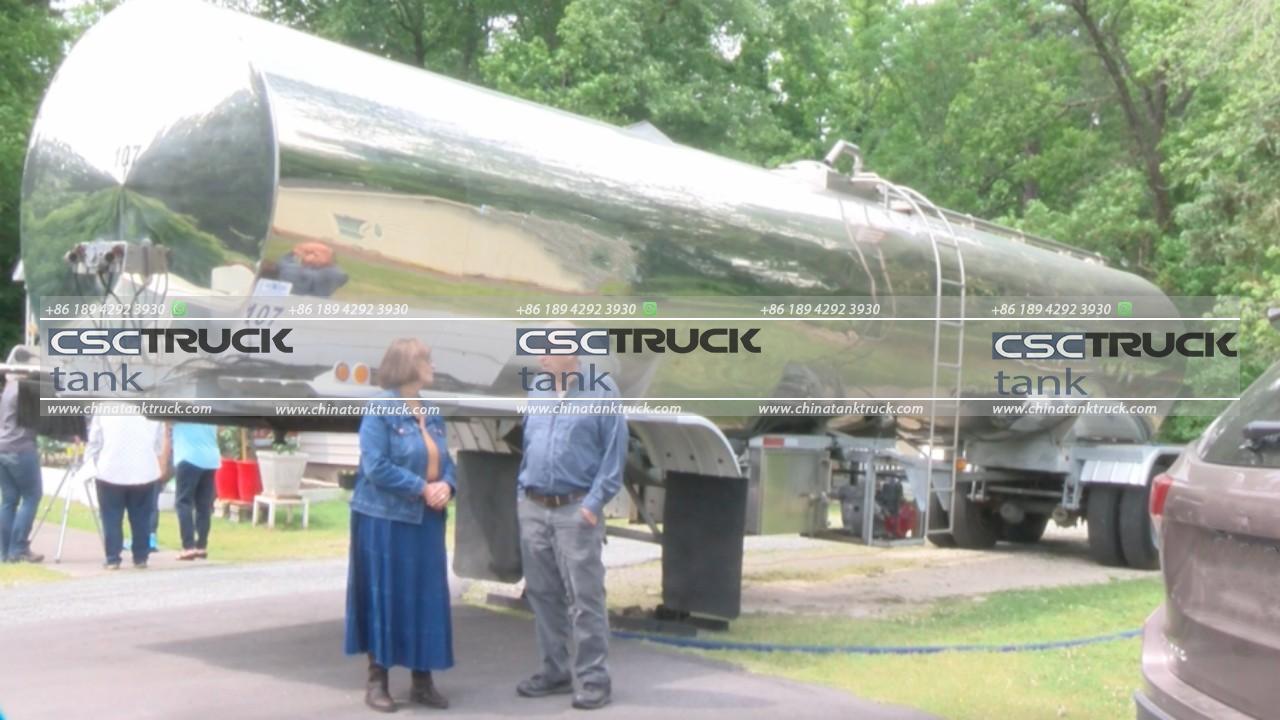
- Stay Alert and Avoid Distractions: Driving a tank truck requires your full attention and focus. Avoid distractions such as using mobile devices, eating, or engaging in other activities that may divert your attention from the road. Stay alert, continuously scanning the surroundings for potential hazards. Fatigue can also significantly impact your ability to drive safely, so make sure to get adequate rest before each trip and take regular breaks to combat driver fatigue.
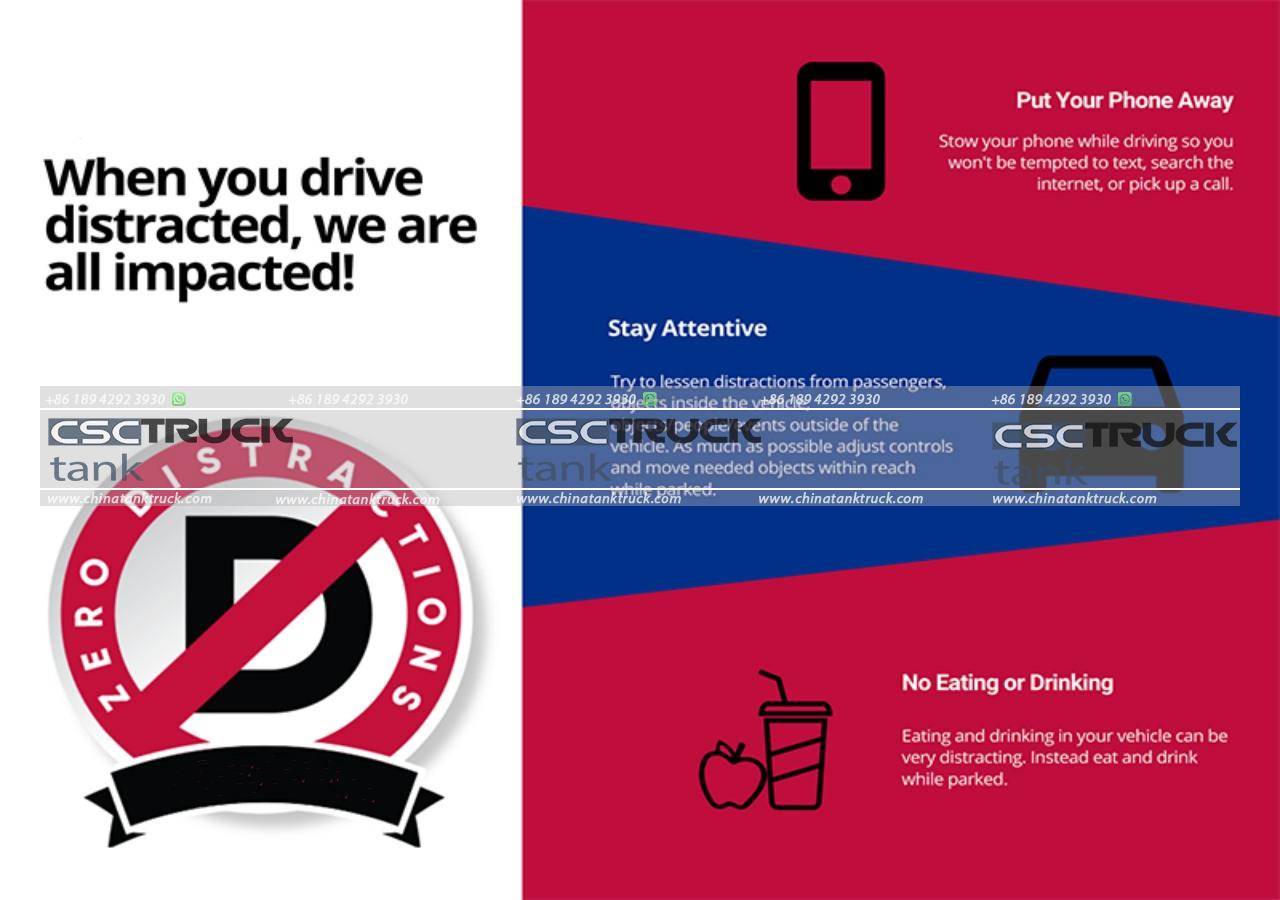
- Promote a Safety Culture: Creating a strong safety culture within your organization is paramount. Encourage and reward safe behaviors, and make safety a priority in all aspects of your operations. Provide ongoing safety training and resources to drivers and operators, emphasizing the importance of following safety protocols and procedures. Regularly review and update your safety policies to align with industry standards and regulatory requirements. By prioritizing safety and fostering a culture that values it, you create an environment where everyone is committed to maintaining tank truck safety.
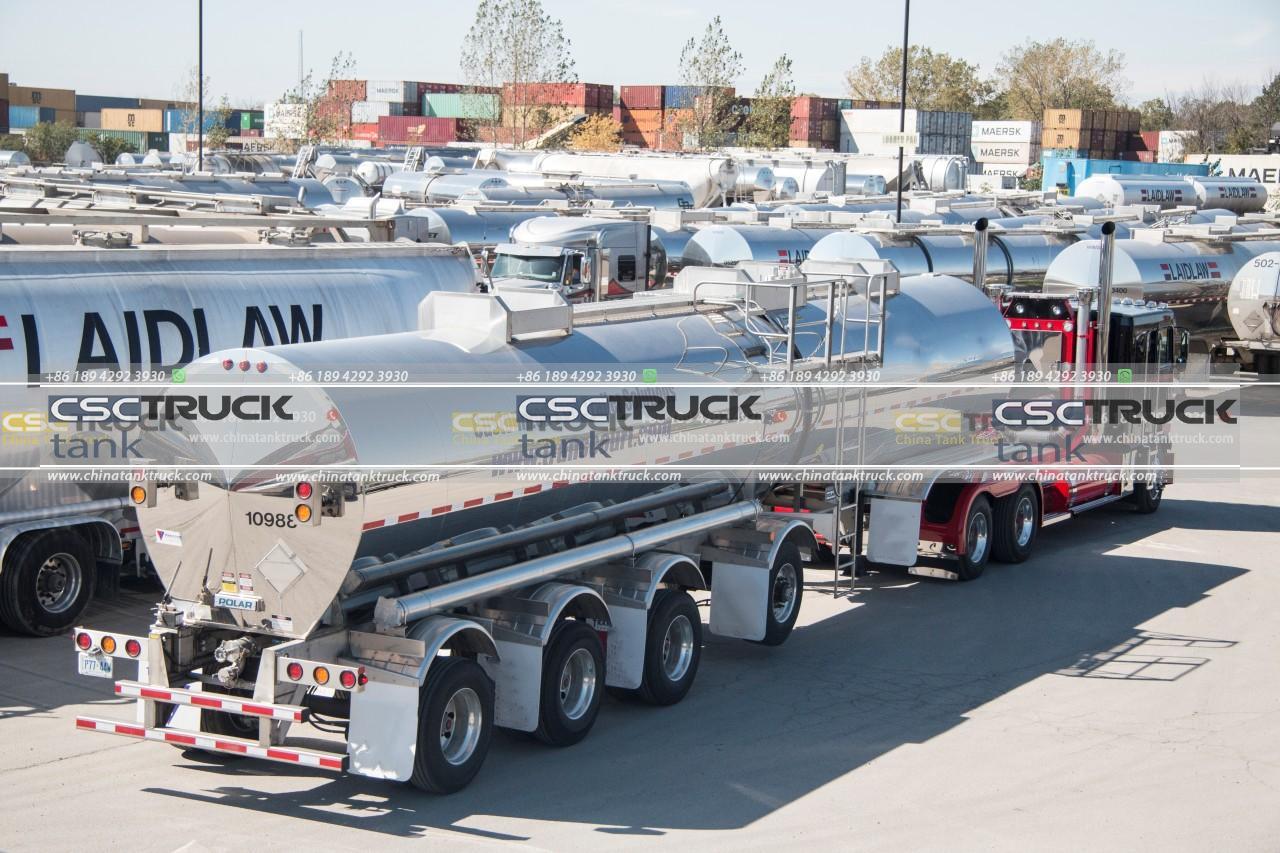
In conclusion, tank truck safety is of utmost importance in the transportation of hazardous materials. By implementing these tips, drivers, and operators can enhance safety practices, mitigate risks, and promote a culture of safety within the industry. Remember, safety is a shared responsibility, and each individual’s commitment to following proper procedures and practices plays a significant role in ensuring the well-being of all involved. By prioritizing safety at all times, we can contribute to safer roads and a more secure work environment for everyone in the tank truck industry.


